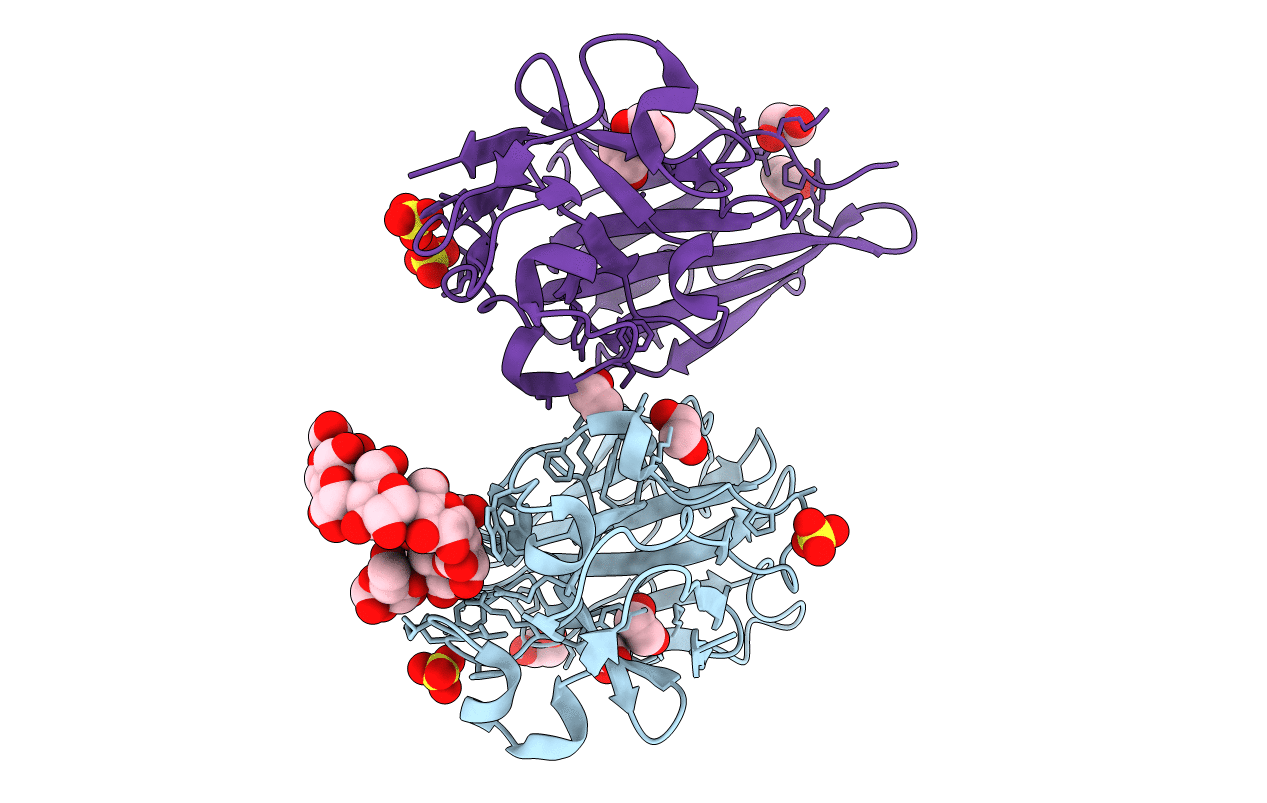
Deposition Date
2012-05-24
Release Date
2012-08-29
Last Version Date
2024-04-03
Entry Detail
PDB ID:
4FCH
Keywords:
Title:
Crystal Structure SusE from Bacteroides thetaiotaomicron with maltoheptaose
Biological Source:
Source Organism:
Bacteroides thetaiotaomicron (Taxon ID: 226186)
Host Organism:
Method Details:
Experimental Method:
Resolution:
1.30 Å
R-Value Free:
0.17
R-Value Work:
0.16
R-Value Observed:
0.16
Space Group:
P 21 21 21


